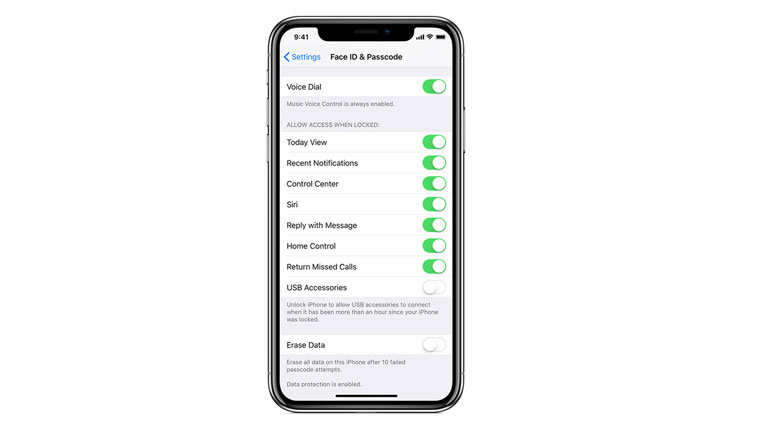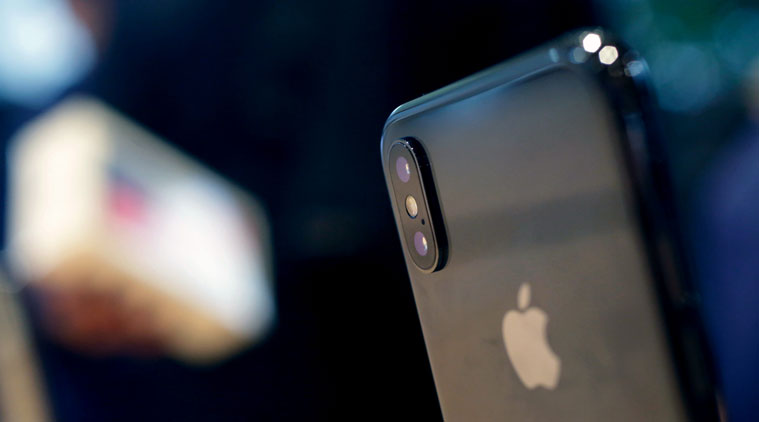 Apple iOS 11.4.1 brings a USB restricted mode for iPhones, iPads and here’s how it will work.
Apple iOS 11.4.1 brings a USB restricted mode for iPhones, iPads and here’s how it will work.
Apple has rolled out iOS 11.4.1 for iPhones and iPads, and it comes with a new USB restricted mode, which the company had earlier said it would be introducing for improved privacy and security of its devices. Apple iOS 11.4.1 is compatible with iPhone 5S and later, iPad mini 2 or later and 6th generation iPod touch. Users can go to Settings > General > Software Update and install the new update on their iPhones, iPads.
The iOS update is around 200MB in size and comes with bug fixes and “improves the security of your iPhone or iPad.” First, the latest iOS 11.4.1 update will fix an issue which prevented some users from viewing the last known location of their AirPods in the Find Phone app. It will also improve reliability of syncing mail, contacts, and notes with Exchange accounts, according to the details mentioned.
However, the most important feature of the update is the USB restricted mode. Apple had already announced it would introducing such a feature, where it would cut-off access to the iPhone or iPad via the Lightning Port, if the device has not been unlocked for the last one hour.
An earlier report in Reuters had said that Apple would make changes in iOS to ensure that hacking tools used by some government agencies, companies like GrayShift, Cellebrite, to gain access to iPhone data, where the passcode was not available, would no longer work.
With iOS 11.4.1, Apple’s operating system will block techniques, which allowed these tools to bypass the company’s default disk encryption. Apple had said at the time, “We’re constantly strengthening the security protections in every Apple product to help customers defend against hackers, identity thieves and intrusions into their personal data. We have the greatest respect for law enforcement, and we don’t design our security improvements to frustrate their efforts to do their jobs.”
 Apple iOS 11.4.1’s USB restricted feature can be controlled by the user. (Image source: Bloomberg)
Apple iOS 11.4.1’s USB restricted feature can be controlled by the user. (Image source: Bloomberg)
So what is USB restricted mode in Apple’s iOS 11.4.1?
Apple explains that if a user relies on USB accessories with their iPhone, iPad, or iPod touch, or if they connect their device to a Mac or PC, they will need to unlock the device for it to recognise and use the accessory.
According to Apple, if a user does not unlock their password-protected iOS device or have not done so for the past one hour, then the “iOS device won’t communicate with the accessory or computer, and in some cases, it might not charge.” Apple will prompt the user to unlock the device in such cases.
The company is blocking access to USB accessories, unless the user has unlocked the iPhone or iPad in question. However, users have the option of allowing some USB accessories to always have access to the iOS device. Apple says that for those who use a USB assistive device to enter their passcode on iPhones, can turn on the setting.
Apple’s explanation page also says that, “many assistive devices will automatically turn on the setting to allow USB devices the first time they’re connected.” In order to turn on the setting manually, users can go to Settings> Face ID & Passcode or Touch ID & Passcode> and toggle on the option for USB Accessories under “Allow Access When Locked.” For enterprise devices, administrators can control the USB Accessories setting on supervised iOS devices using Apple Configurator or mobile device management.
With the new setting, if a user turns off the USB Accessories option, it means that if someone else tries to plug in their device to PC or Mac to gain access to the data, they will not be able to do so, unless they have the passcode or the device was unlocked in the last one hour. Apple had said this will improve privacy of their users.